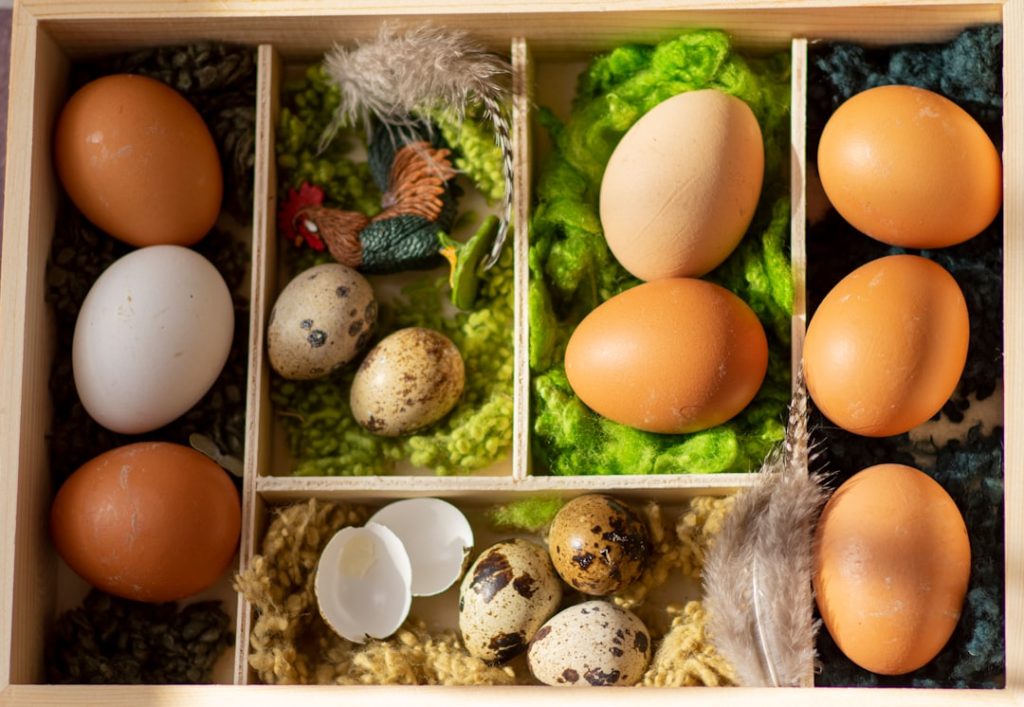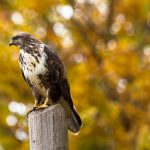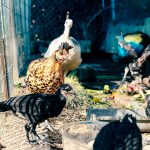Hawks are diurnal birds of prey renowned for their exceptional vision, powerful talons, and efficient hunting skills. They pose a significant threat to domestic chickens, which they perceive as accessible prey. Several hawk species are prevalent in North America, including the red-tailed hawk, Cooper’s hawk, and sharp-shinned hawk.
These raptors are characterized by their agility and speed, making them formidable predators of chickens. Hawks typically hunt during daylight hours, soaring at high altitudes while scanning the ground for potential prey. They are capable of descending rapidly to capture unsuspecting chickens, necessitating vigilance from poultry owners to protect their flocks.
To effectively safeguard chickens from hawk predation, it is essential to comprehend these birds’ behavior and hunting strategies. Hawks are opportunistic predators that exploit any chance to catch prey. They often perch on elevated positions, such as trees or fence posts, to survey the area for potential targets.
Upon identifying a chicken, they descend swiftly and precisely to capture it. Understanding these tactics enables chicken owners to implement proactive measures to secure their coops and deter hawk attacks on their flocks.
Table of Contents
- 1 Securing the Chicken Coop: Building a Hawk-Proof Enclosure
- 2 Implementing Visual Deterrents: Scarecrows and Reflective Objects
- 3 Utilizing Sound Deterrents: Noisemakers and Alarms
- 4 Providing Safe Cover: Planting Trees and Shrubs for Protection
- 5 Supervising Free-Range Time: Monitoring Chicken Activity
- 6 Seeking Professional Help: Consulting with Wildlife Experts
- 7 FAQs
- 7.1 What are some effective methods for keeping hawks away from my chickens?
- 7.2 Are there any natural deterrents that can help keep hawks away from my chickens?
- 7.3 What should I do if I spot a hawk near my chicken coop?
- 7.4 Are there any legal methods for deterring hawks from my property?
- 7.5 What are some signs that a hawk has been targeting my chickens?
Key Takeaways
- Hawks pose a threat to chickens and other small animals, and it’s important to be able to identify them.
- Building a hawk-proof enclosure is essential for keeping chickens safe from potential attacks.
- Scarecrows and reflective objects can be effective visual deterrents to keep hawks away from chicken coops.
- Noisemakers and alarms can be used as sound deterrents to scare off hawks and protect chickens.
- Planting trees and shrubs can provide safe cover for chickens and help protect them from hawk attacks.
Securing the Chicken Coop: Building a Hawk-Proof Enclosure
Choosing the Right Wire Mesh
When constructing a hawk-proof enclosure, it’s vital to select a wire mesh that’s strong enough to withstand the sharp talons of hawks. The mesh should be able to prevent hawks from gaining access to the chickens, ensuring their safety and security.
Additional Barriers for Enhanced Protection
In addition to a secure wire mesh, the coop should have a sturdy roof to prevent hawks from swooping down from above. Reinforcing the perimeter of the coop with additional barriers such as netting or fencing will further deter hawks from attempting to breach the enclosure.
Regular Maintenance and Inspection
Regularly inspecting the coop for signs of wear or damage is crucial, as hawks are persistent predators that will exploit any weaknesses in the enclosure. By building a hawk-proof enclosure and maintaining it regularly, chicken owners can provide a safe and secure environment for their flock, free from the threat of hawk attacks.
Implementing Visual Deterrents: Scarecrows and Reflective Objects
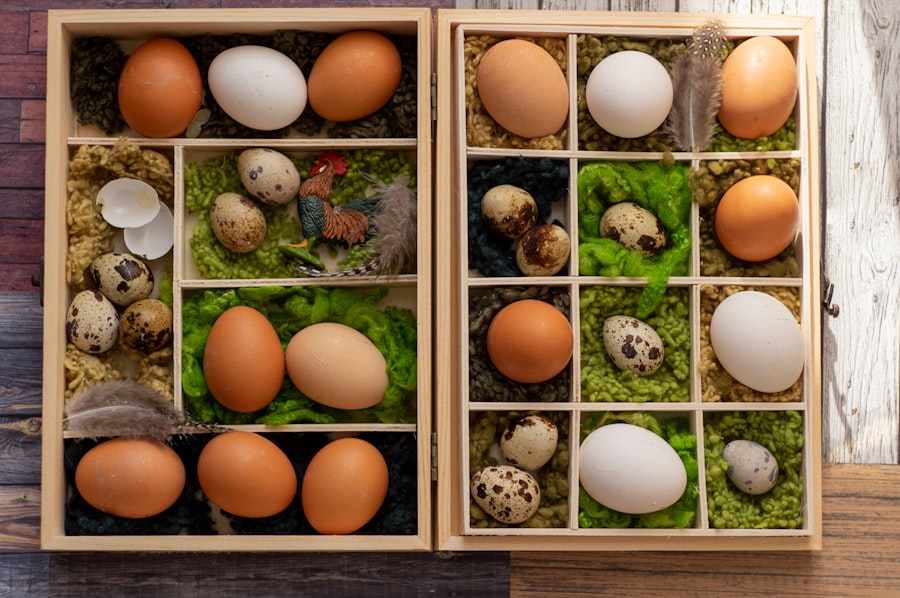
Visual deterrents such as scarecrows and reflective objects can be effective in deterring hawks from targeting chickens. Scarecrows are traditional tools used in agriculture to scare away birds and other pests. By placing scarecrows in and around the chicken coop, chicken owners can create the illusion of human presence, which may deter hawks from approaching the area.
Additionally, reflective objects such as shiny tape or CDs can be hung around the coop to create flashes of light that may startle and deter hawks from getting too close to the chickens. Another visual deterrent that can be effective in deterring hawks is the use of predator decoys. These decoys mimic natural predators of hawks, such as owls or eagles, and can create a sense of danger for hawks, causing them to avoid the area altogether.
By strategically placing these visual deterrents around the coop, chicken owners can create a hostile environment for hawks, reducing the likelihood of attacks on their flock.
Utilizing Sound Deterrents: Noisemakers and Alarms
Sound deterrents such as noisemakers and alarms can be effective in deterring hawks from targeting chickens. Hawks are sensitive to loud noises and unexpected sounds, which can startle them and cause them to flee the area. By strategically placing noisemakers around the coop, chicken owners can create a disruptive environment that may deter hawks from approaching the area.
Noisemakers such as air horns, whistles, or even banging pots and pans can be effective in scaring off hawks and preventing them from targeting chickens. In addition to traditional noisemakers, electronic alarms can also be used to deter hawks from approaching the chicken coop. Motion-activated alarms can be installed around the perimeter of the coop and set to emit loud noises when triggered by movement.
This can startle hawks and discourage them from attempting to capture their prey. By utilizing sound deterrents, chicken owners can create a hostile environment for hawks, reducing the risk of attacks on their flock.
Providing Safe Cover: Planting Trees and Shrubs for Protection
Providing safe cover for chickens is essential for protecting them from hawk attacks. Planting trees and shrubs around the chicken coop can provide natural cover and protection for chickens, making it more difficult for hawks to target them. Trees with dense foliage and branches can provide a safe refuge for chickens to seek shelter from aerial predators such as hawks.
Additionally, shrubs and bushes can create natural barriers that may obstruct the line of sight for hawks, making it more challenging for them to spot potential prey. In addition to providing safe cover, planting trees and shrubs around the coop can also create a more natural and aesthetically pleasing environment for chickens to roam freely. This natural habitat can provide enrichment for chickens and contribute to their overall well-being.
By providing safe cover through strategic landscaping, chicken owners can create a more secure environment for their flock, reducing the risk of hawk attacks.
Supervising Free-Range Time: Monitoring Chicken Activity
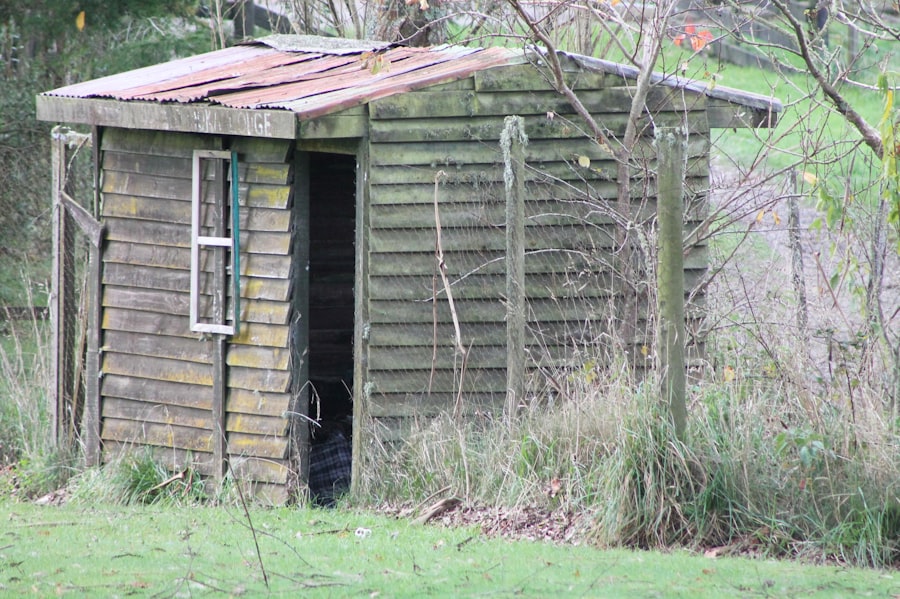
Monitoring Chicken Activity
Supervising free-range time is crucial for ensuring the safety of chickens in areas where hawks are known to be active. By monitoring chicken activity during free-range time, chicken owners can keep a close eye on their flock and intervene if they notice any signs of potential danger from hawks. It is essential to be vigilant and observant while chickens are allowed to roam freely, as hawks can strike quickly and without warning.
Implementing Safety Measures
In addition to direct supervision, it is vital to implement safety measures to protect chickens from hawk attacks. Providing shelters or hiding spots for chickens to seek refuge if a hawk is spotted in the area can give them a safe place to hide until the threat has passed.
Minimizing the Risk of Hawk Attacks
By closely monitoring chicken activity during free-range time and implementing safety measures, chicken owners can minimize the risk of hawk attacks on their flock. This proactive approach can help ensure the safety and well-being of chickens, even in areas where hawks are present.
Seeking Professional Help: Consulting with Wildlife Experts
In some cases, dealing with hawk predation may require professional assistance from wildlife experts. Wildlife experts have specialized knowledge and experience in dealing with predatory birds such as hawks and can provide valuable insights and guidance on how to effectively protect chickens from these predators. They can assess the specific risks and challenges posed by hawks in a particular area and recommend tailored solutions to mitigate these risks.
Wildlife experts can also provide advice on legal considerations related to deterring hawks, as these birds are protected under federal law in many countries. It is important to ensure that any deterrent methods used comply with legal regulations while effectively protecting chickens from hawk attacks. By consulting with wildlife experts, chicken owners can gain access to expert knowledge and resources that can help them safeguard their flock from predatory birds.
In conclusion, protecting chickens from hawk attacks requires a multi-faceted approach that addresses both physical security measures and deterrent strategies. By understanding the behavior of hawks and implementing proactive measures such as building secure enclosures, using visual and sound deterrents, providing safe cover, supervising free-range time, and seeking professional help when needed, chicken owners can effectively protect their flock from these formidable predators. With careful planning and vigilance, it is possible to create a safe and secure environment for chickens to thrive without the constant threat of hawk attacks.
If you’re looking for ways to protect your chickens from predators like hawks, you may also be interested in learning how to insulate your chicken coop to keep your birds safe and comfortable in all weather conditions. Check out this article on how to insulate a chicken coop for helpful tips and advice.
FAQs
What are some effective methods for keeping hawks away from my chickens?
Some effective methods for keeping hawks away from your chickens include using netting or wire mesh to cover the chicken coop, installing scare devices such as reflective tape or predator decoys, and providing hiding spots for the chickens to take cover.
Are there any natural deterrents that can help keep hawks away from my chickens?
Yes, there are natural deterrents that can help keep hawks away from your chickens. Planting tall trees or installing tall perches for other birds of prey can discourage hawks from entering the area.
What should I do if I spot a hawk near my chicken coop?
If you spot a hawk near your chicken coop, it’s important to take immediate action to protect your chickens. You can use loud noises, such as clapping or banging pots together, to scare the hawk away. Additionally, you can use a water hose to spray the hawk or release a trained bird of prey to deter the hawk from the area.
Are there any legal methods for deterring hawks from my property?
Yes, there are legal methods for deterring hawks from your property. It is legal to use scare devices, netting, and other non-lethal methods to protect your chickens from hawks. However, it is important to check local regulations and laws regarding the protection of birds of prey before taking any action.
What are some signs that a hawk has been targeting my chickens?
Some signs that a hawk has been targeting your chickens include finding feathers or remains of chickens in the area, observing a hawk circling or perching near the chicken coop, and noticing a decrease in the number of chickens in your flock. It’s important to be vigilant and take proactive measures to protect your chickens if you suspect hawk activity.
Meet Walter, the feathered-friend fanatic of Florida! Nestled in the sunshine state, Walter struts through life with his feathered companions, clucking his way to happiness. With a coop that’s fancier than a five-star hotel, he’s the Don Juan of the chicken world. When he’s not teaching his hens to do the cha-cha, you’ll find him in a heated debate with his prized rooster, Sir Clucks-a-Lot. Walter’s poultry passion is no yolk; he’s the sunny-side-up guy you never knew you needed in your flock of friends!

